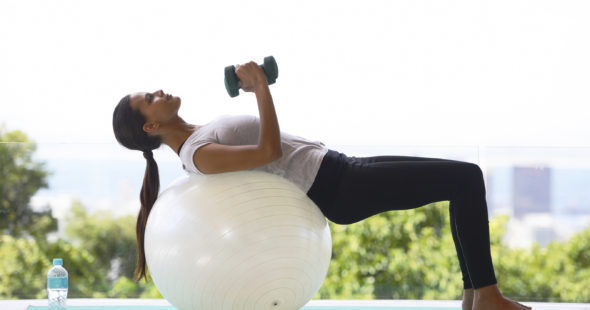
As the days are getting shorter, restful nights will help us stay recharged.
The average adult needs at least seven hours of sleep each night, but many of us struggle to get that much. What are some tips for getting better sleep?
Create a pleasant, relaxing sleep environment. Keep your bedroom quiet, dark and cool, ideally between 60 degrees and 67 degrees Fahrenheit.
Establish a calming bedtime routine. Try reading, listening to music or taking a warm bath before bed. Go to bed and get up at the same time every day – even on weekends.
Remove distractions from your bedroom – particularly light-emitting electronics like smartphones and televisions.
If you can’t fall asleep after 20 minutes, don’t keep tossing and turning – get up and do something else until you feel sleepy.
Times of uncertainty and stress can lead to sleepless nights. Here are some nutrition tips to help you ease into dreamland:
- Avoid or limit alcohol. Alcohol can disrupt your body’s sleep cycles, making it easier to wake up in the middle of the night.
- Consume fluids earlier in the day. Drinking fluids in the evening may force you to get up at night to use the restroom.
- Eat a lighter dinner. Too much food just before bed may hinder your ability to fall asleep.
If you get hungry, a light snack can help — just be sure to eat it at least one hour before bedtime to allow for digestion. Great options include:
- Avocado, cheese, carrots, hard-boiled eggs, broccoli and yogurt. These foods are high in B-vitamins that help regulate melatonin – a hormone that helps manage sleep cycles.
- Celery or banana with almond butter. Celery and bananas contain potassium, which may help prevent leg cramps and encourage muscle relaxation. Almond butter is a great source of magnesium – deficiencies of which can contribute to insomnia.
- Walnuts. These nuts are high in tryptophan and melatonin, making them a great choice before bed.
While lying in bed, try this self-guided body scan to help yourself get a good night’s sleep:
- Relax your facial muscles. Notice where you hold tension, such as in your temples or jaw.
- Rest your neck. Gently nod your head up and down and side to side.
- Rest your arms at your sides. Relax your shoulders, elbows, wrists and fingers.
- Settle your torso. Keep your breathing soft and passive through your core, and release any arch in your back.
- Bring your attention to your lower body. Relax your hips, glutes, thighs and knees.
- Focus on your ankles and feet. In your mind, trace your feet and each individual toe, releasing any tension you’re holding in them.
You can also work out anytime with these weekly workouts.





